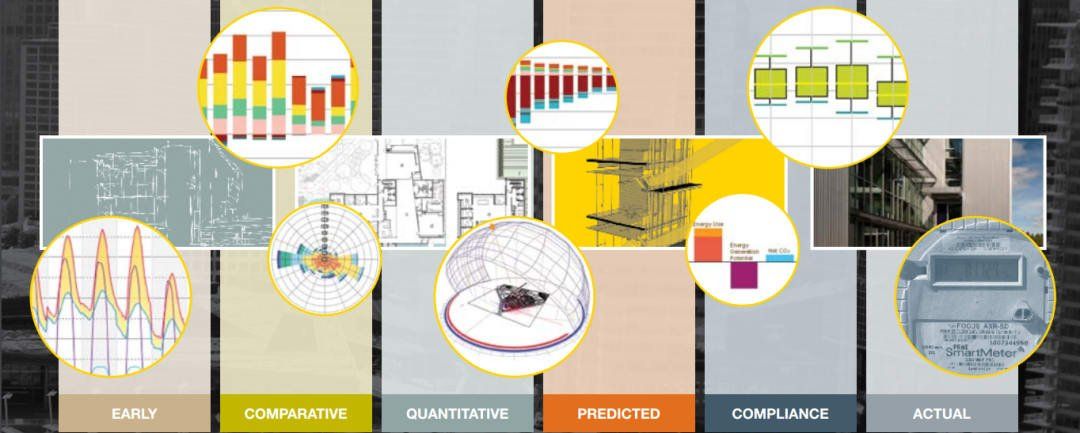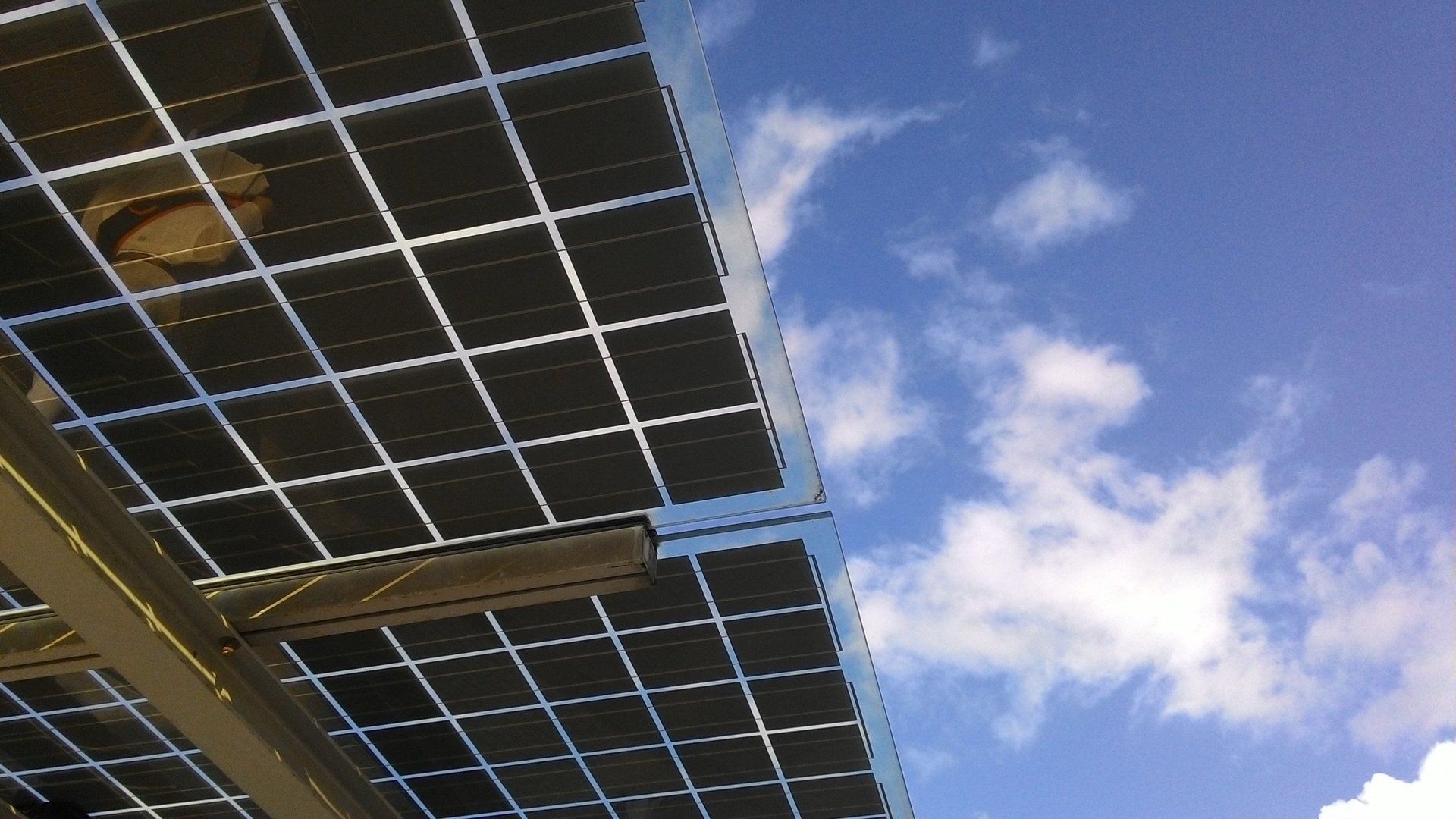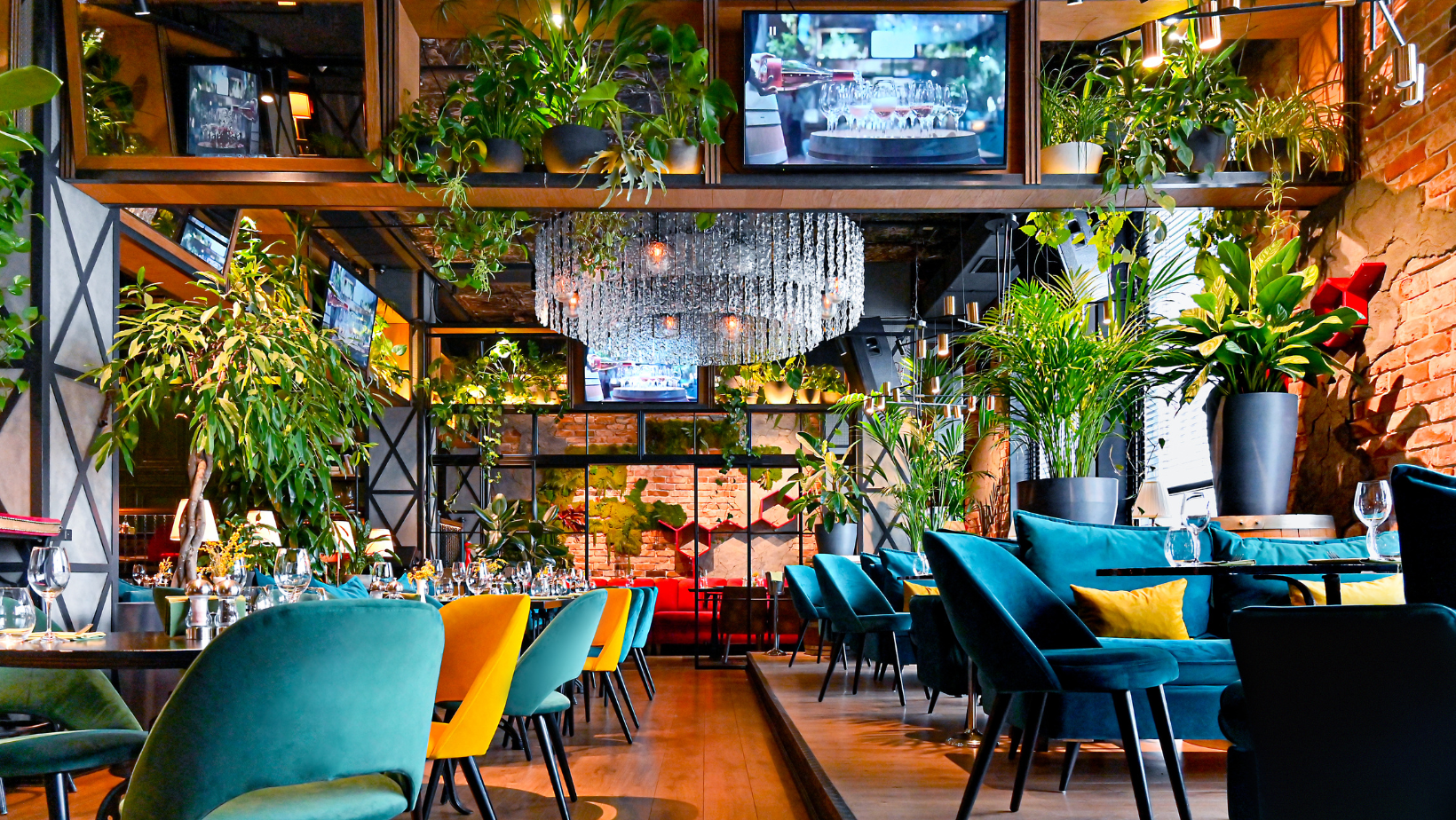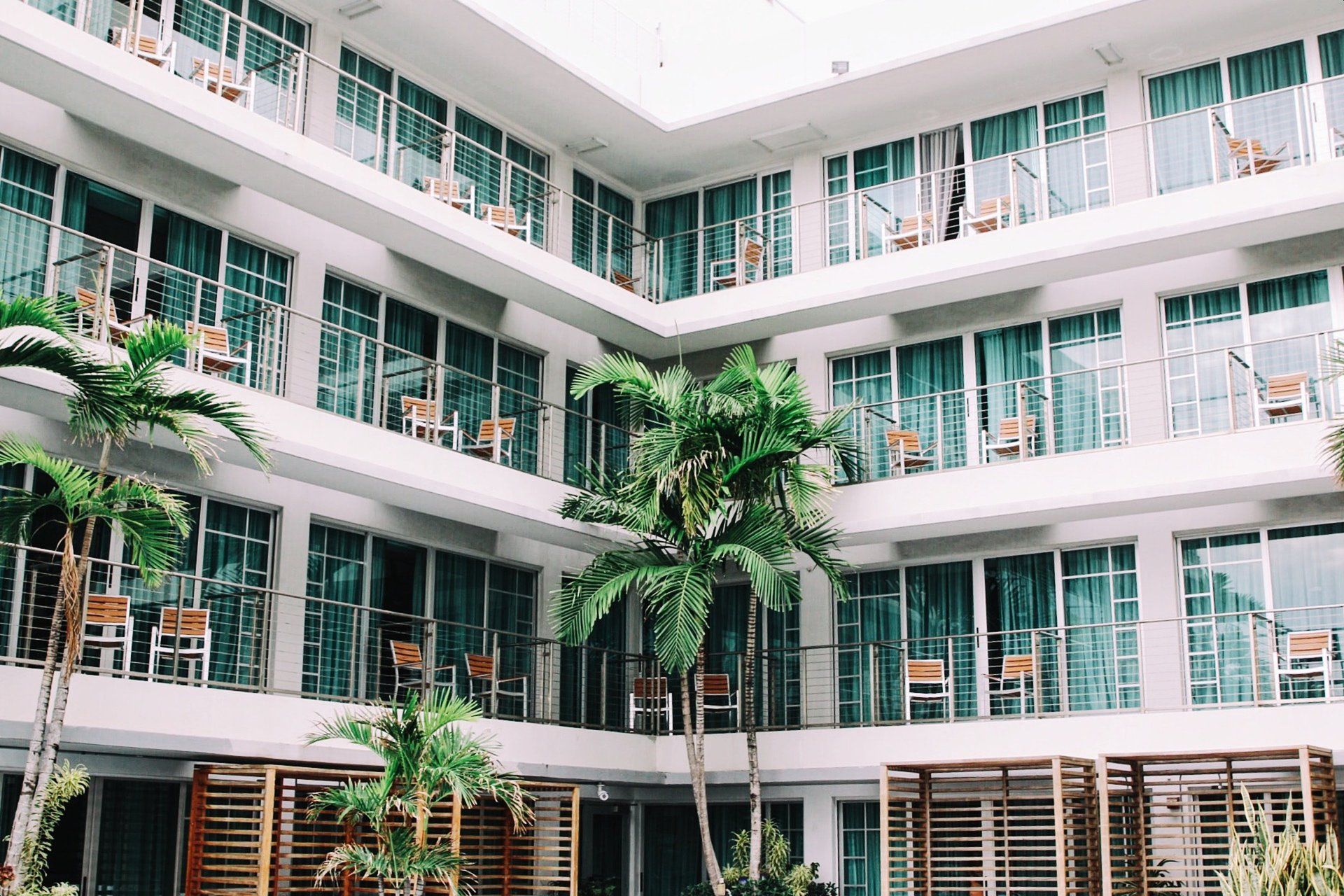Social Media is changing the way we design restaurants
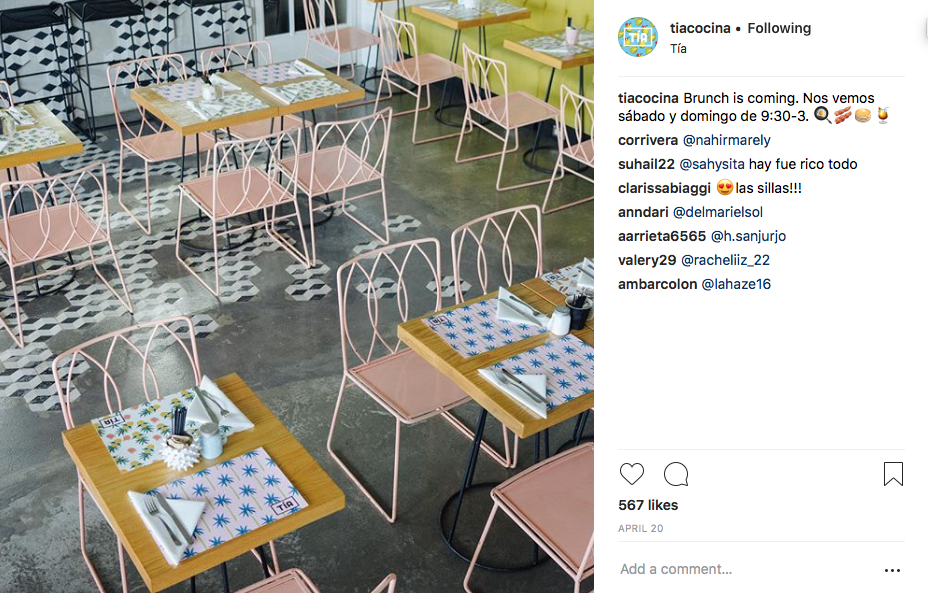
For years now, Instagram has set the bar for trends in food and entertainment industry. From colorful Cereal Bars like PALS Companyto Birthday Pancakes from Tía Cocina, their food, their plating and overall space are often designed with Instagram in mind, branding experts and entrepreneurs are responsible for popular treats like the Tía Cocina and Sugar Factory milkshake often see lines around the block after images of their products go viral. Firms like BCS Architect s and Builders specialize in just that, turning restaurants into INSTAGRAM BAIT by designing not only the space and how you feel inside of it but also the photo-op moments to make your brand go viral.
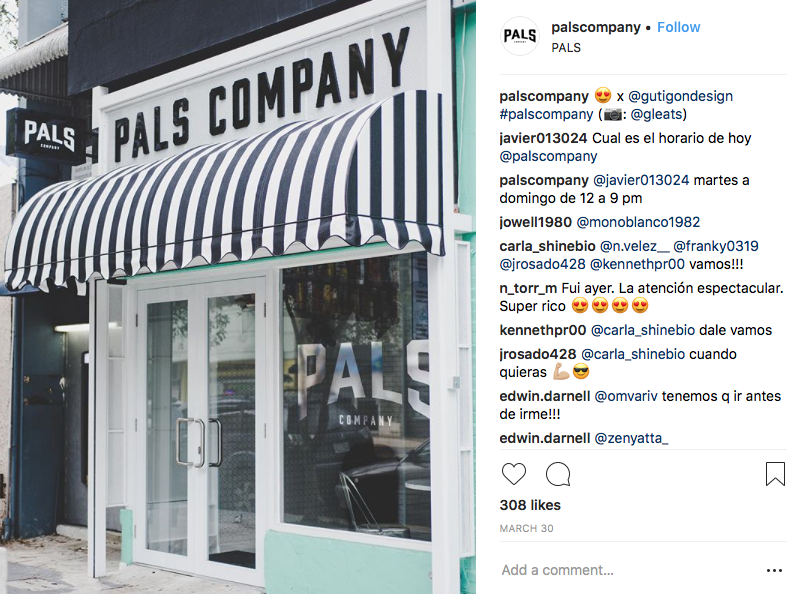
Instagram’s parent-company Facebook announced it made $9.1 billion in earnings this quarter on advertising, retaining its longstanding rule over digital advertising alongside with Google’s Alphabet ($26 billion). With Instagram absorbing competitor Snapchat’s story features and increasing the number of sponsored posts it shows this year, it’s not a stretch to say that the social media giant sits at the center of food and beverage trends. But what happens to interior spaces when restaurants set out to be “Instagrammable”?
When the older generation of restaurants were designed as visual experiences, they generally came across as kitsch: think of the mid-century hot dog stands and donut shops shaped as the food they served. Those made for good photographs, too, but their primary aim was to entice drivers to pull off the highway and eat there.
– Casey Newton, The Verge
Design is approached differently, now with photography in mind. High ceilings, patterns, lighting, tiles, wallpapers, you name it… It all has to be pictured perfect. Now entrepreneurs are taking advantage of this opportunity and taking a step further by hiring architects and builders that understand their brand purpose and vision. More and more we see our clients request neon lights, painting elaborate murals, and embedding floor tiles with branded greetings — all in the hopes that their guests will post them.
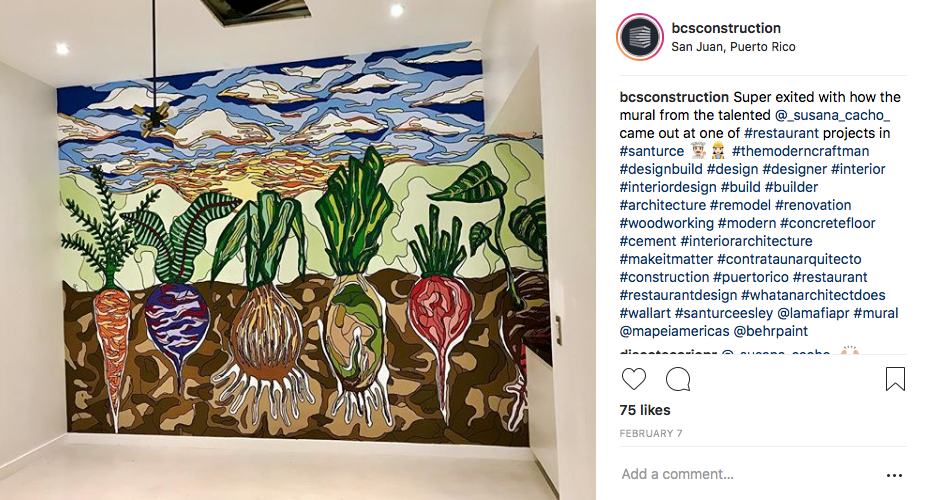
While the Sin City Embellishmentthat Venturi and Scott Brown wrote about in Learning from Las Vegas has vanished, the aesthetic is back with a millennial agenda. Details, from furniture to fixtures, fuel the aspirational lifestyle content that Instagram runs on and Entrepreneurs need to capitalize on that.
A good example of this is Media Noche, a fast-casual Cuban restaurant in San Francisco, the hook was the floor. Searching through old Cuban designs, Collins found beautiful old tiles with a dramatic pink-and-green floral designs. She had similar tiles custom-made for the restaurant, and they provided a visual anchor for everything that followed. Other Instagram triggers include banana-print wallpaper in the bathrooms, an old-fashioned white board menu with removable black plastic letters, and an exterior mural of pink flamingos, their heads bowed into the shape of a heart.
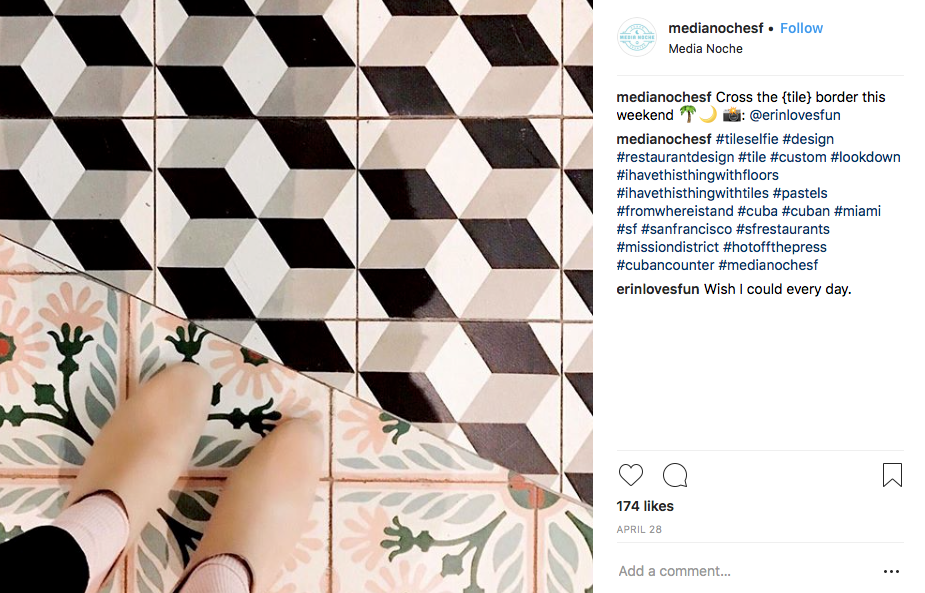
…which happens to look a lot like one of our restaurant projects, Tía Cocina.
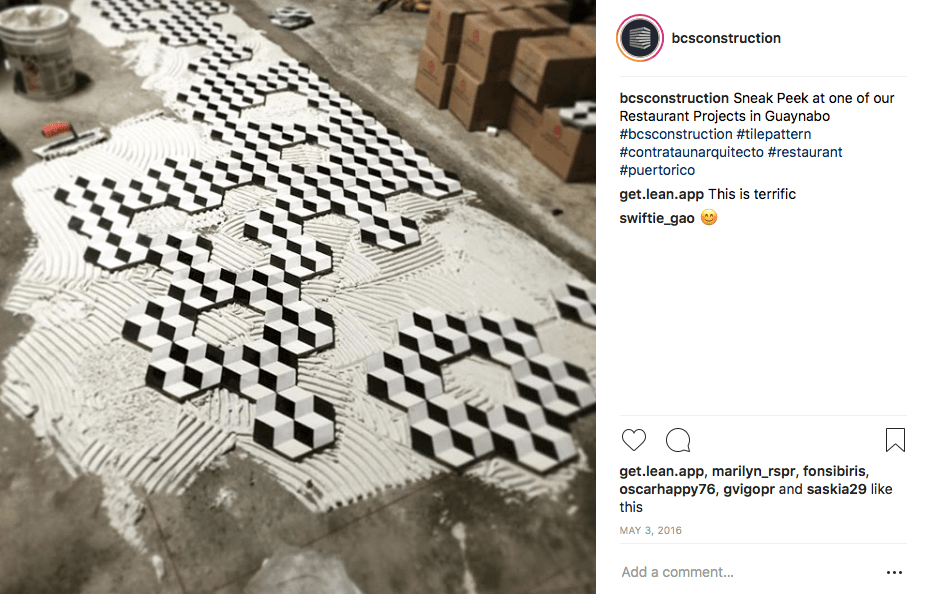
Markoe, the Owner says that the restaurant’s early social media success has attracted tourists from as far away as China and Japan. “They saw the photos and they say, ‘I want that for my Instagram,’” she says. The average guest takes pictures for 10 minutes before ordering anything, Markoe says. Many bring tripods to better frame their shots. “It’s just really insane,” she says.
For many restaurants, Instagram-centered design means moving to physical spaces that are flooded with natural light, so as to permit more beautiful photographs. Take a look at one of our most recent restaurant projects Restaurante Viandain Santurce, Puerto Rico. The lighting accentuates the details of the bar area while transforming the space with different shading through out the day.

For entrepreneurs seeking social media glory, no detail is too small to consider but there is also a big risk with these spaces, their Instagram-Driven designs can begin to look stale or inauthentic. Customers will know when your story is fake, so don’t push it. Hire and Architect that will help you make the space balanced, beautifully designed and functional.
Ultimately, restaurants are in the business of making memories and photos are the place where we store them. On Instagram, “we basically trade memories of commodities”, showing off the places we’ve been. Restaurants supply the raw material, and we come in to collect it with a smartphone lens.
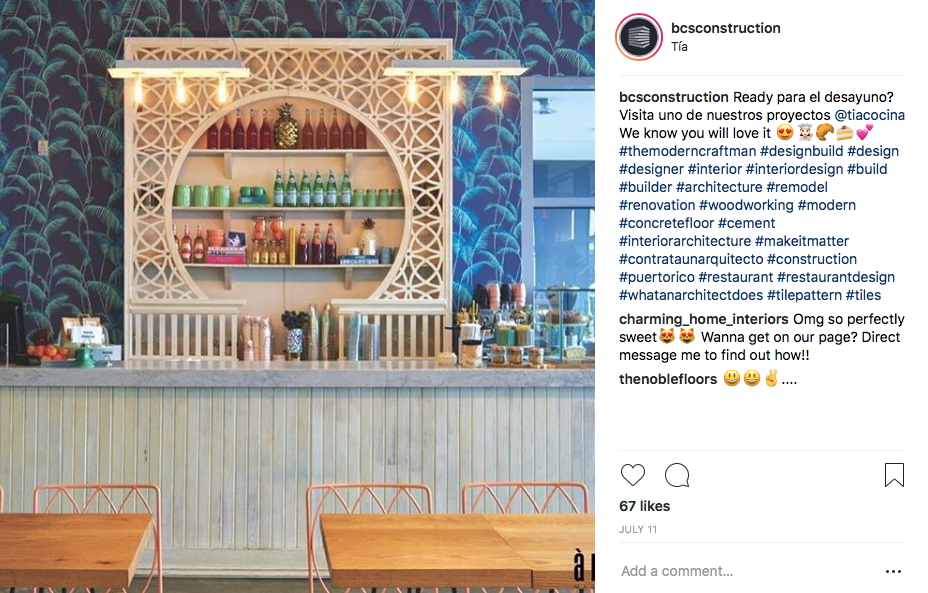
So there it is, to all new restaurant entrepreneurs we hope you instagram your way to success while cooking great food and making people happy!… With the help of BCS of course. Cheers!
BUILDING KNOWLEDGE
